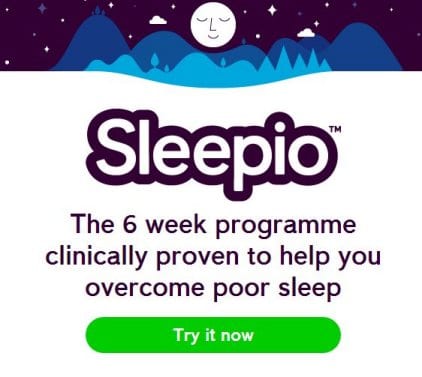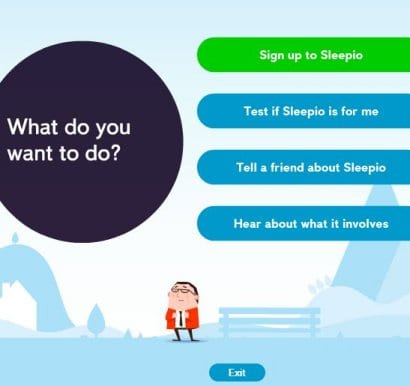The Council for the Defence of British Universities have formed a coalition to defend universities against the erosion of academic freedom and the marketisation of higher education. They are highlighting, among many things, the lack of space in the curriculum for ideas. Maybe ‘higher education’ should be rebranded as ‘wider education’. The goal of employment is valid but not at the expense supporting students to think creatively, critically and to reflect – preferably through exposure to different ideas and concepts behind a broad range of arts and sciences.
My first degree offered a wide mix of subjects all under applied social science. Modules included introductions to philosophy, criminology and psychology and the examination of various sociologies behind work, gender and education. This eclectic mix offered multiple tasters of different ways of seeing the world; it enhanced the experience of getting to know yourself and the difference you wanted to make in the world.
If it hadn’t been the late 1980s when colleges and polytechnics were merging with universities I might never have been there. I left school twenty years before – dropping not so much out of education as out of life. When it came to defining widening participation students from ‘non-traditional’ backgrounds I ticked every box on the page and probably a few more which hadn’t at that time been invented.
Since then I’ve worked in adult and community education, widening participation and now educational development. I support the open access movement (while worrying about exclusion for those without the means of digital access. Digital inequality is fast becoming fundamental to social inclusion and all public institutions should be tasked with highlighting this.)
Times are hard. I accept that cuts have to be made and budgets squeezed. For some people this is the attraction of open education but we need to avoid the danger of marketising openness.
Open access has the potential for broadening knowledge; to dip in and out of a wide subject range and taste an eclectic mix of disciplines – which applied social science used to do so well. One possible way to challenge the move to marketisation might be a first year module on diversification and digital scholarship. This could include weekly tasters of the very best in topics as wide as philosophy, architecture, engineering, drama, chemistry, poetry and social justice. Adopting the principle of Ted Talks, it would show how the internet supports critical reflective practice, for example searching and evaluating online content, while also introducing the concept of learning for life. Although the module would be delivered face-to-face, it would provide guidance to quality open educational resources and courses freely available at places like the OU Open Learn and Coursera.
The open education movement is attracting some of the best educational institutions and educators to share their practice online. The principles of free access to learning are in place; we now need to encourage wider excitement about open education opportunities. Openness need not be a substitute but an additional strand – one which could enhance the learning experience for all and offer hope for a return to some of the best of traditional attitudes to learning in these challenging times.





